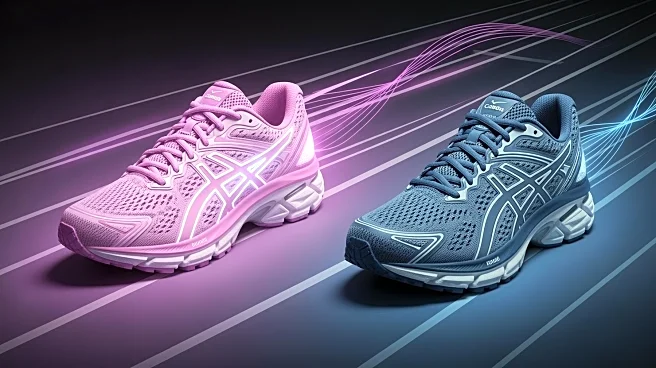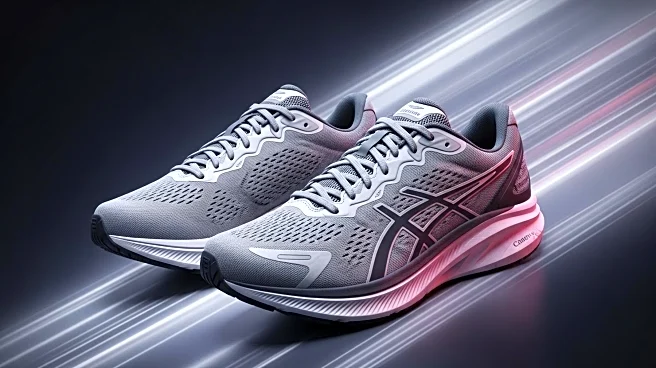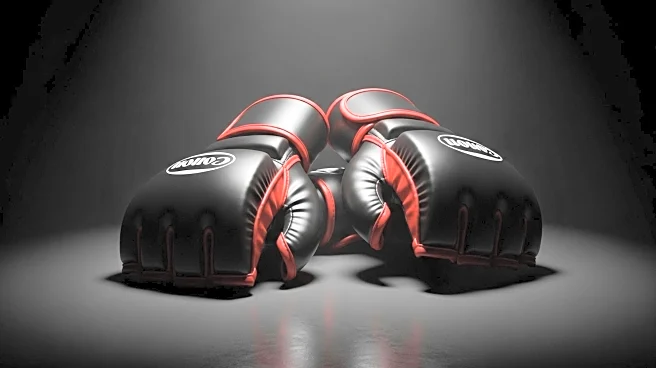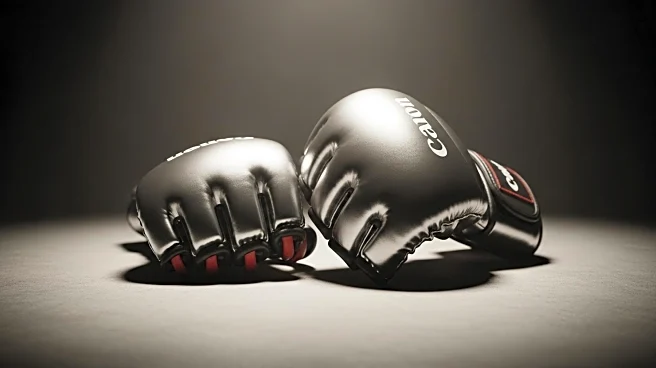What's Happening?
Recent research published in BMJ Open Sports & Exercise Medicine reveals significant shortcomings in the design of women's running shoes, which are often adapted from men's models. The study emphasizes
that current designs fail to address women's unique anatomical and biomechanical needs. Researchers argue that the footwear industry should move beyond the 'shrink it and pink it' approach, which involves merely scaling down men's shoes and altering colors. The study involved 21 female runners from Vancouver, Canada, who highlighted comfort, injury prevention, and performance as key factors in shoe selection. Participants expressed a preference for wider toe boxes, narrower heels, and additional cushioning. The findings suggest a need for gender-specific designs that cater to women's distinct foot morphology and evolving preferences throughout their lives.
Why It's Important?
The study underscores a critical gap in the running shoe industry, which has traditionally focused on male athletes' needs. This oversight can lead to discomfort and increased injury risk for female runners, potentially affecting their performance and participation in sports. By advocating for gender-specific designs, the research highlights an opportunity for manufacturers to better serve a significant segment of the market. Addressing these design flaws could enhance comfort and performance for female athletes, potentially boosting sales and brand loyalty. Moreover, it reflects a broader trend towards inclusivity and responsiveness in product design, aligning with consumer demand for personalized and effective solutions.
What's Next?
The study's authors call for the footwear industry to invest in research and development that prioritizes women's specific needs. This could involve creating new molds based on female foot anatomy and incorporating features that enhance comfort and performance without compromising on style. As awareness of these issues grows, manufacturers may face pressure from consumers and advocacy groups to innovate and diversify their product offerings. Retailers and brands that respond proactively could gain a competitive edge, while those that fail to adapt may risk losing market share. The findings may also inspire further research into gender-specific needs in other sports equipment and apparel.
Beyond the Headlines
The study highlights broader implications for gender equity in sports and product design. It challenges the industry to reconsider traditional approaches and prioritize inclusivity, potentially influencing other sectors to adopt similar practices. This shift could lead to more equitable access to sports and fitness opportunities for women, fostering greater participation and representation. Additionally, the focus on gender-specific needs may prompt discussions about the role of consumer feedback in shaping product development, encouraging companies to engage more directly with their target audiences.












